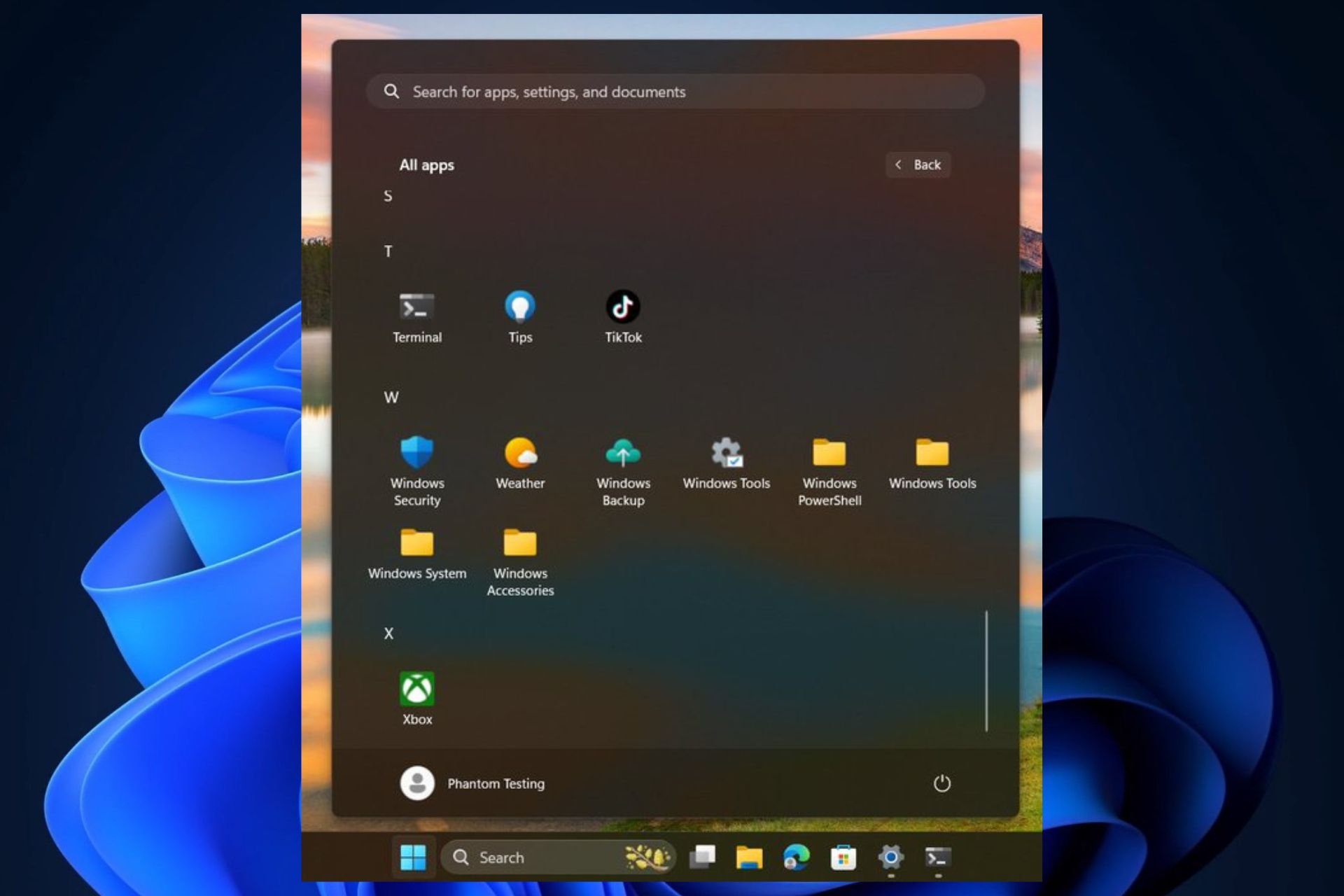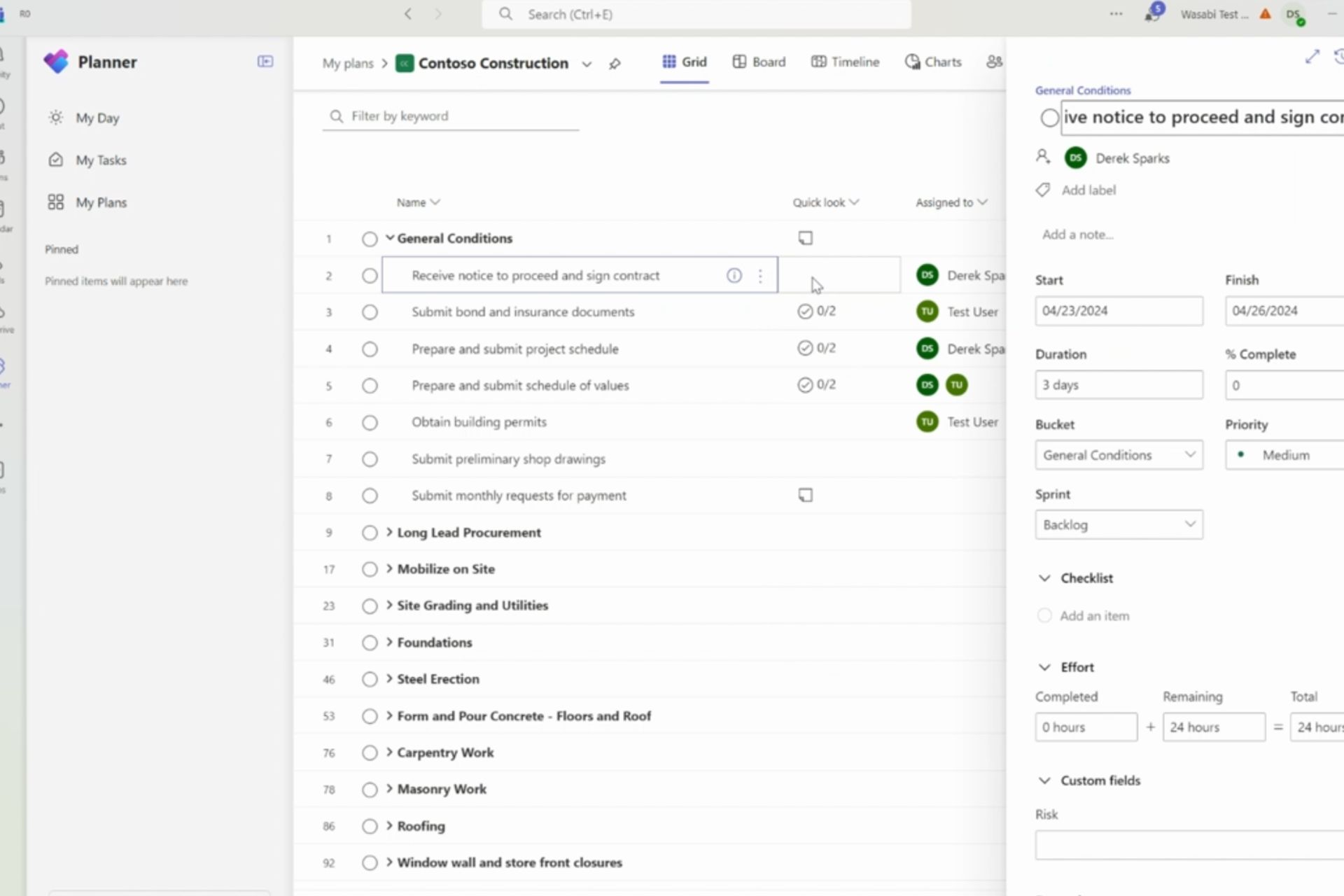EFF awards Microsoft with "Stupid Patent of the Month" for Slider design
4 min. read
Published on
Read our disclosure page to find out how can you help Windows Report sustain the editorial team Read more

To bring awareness to the increasing absurdity that is the US Patent and Trademark Office, the Electronic Frontier Foundation issues a monthly award called, ‘Stupid Patent of the Month’. For the month of December, Microsoft took home the crown for its Design Patent No: US D554,140 S (User Interface for a Portion of a Display Screen) or in the real world, a ‘Slider’. Microsoft’s ‘Slider’ patent crossed EFF’s desk for the month of December as the company finds itself in a suit against Corel Software.
Corel Software is the maker of productivity software such as CorelDRAW, Painter, PaintShop, WinZip, VideoStudio, and, more importantly, an office suite called WordPerfect. According to its site, WordPerfect enables users to:
Experience the difference with Corel® WordPerfect® Office X7 – Standard Edition. This all-in-one office suite delivers the power, productivity and compatibility today’s home and business users need. Create high-impact documents, spreadsheets, presentations and more. Enjoy unrivalled compatibility with support for over 60 file types, including the latest Microsoft Office formats. Work smarter and faster with all-new productivity software and collaboration tools, including powerful built-in PDF tools. Discover what an all-in-one office suite is supposed to be.”
Perhaps, unrelated to Microsoft’s development of Office, WordPerfect shares numerous visual similarities to Office, specifically in its WordPerfect word processor. Recently, Microsoft claimed Corel Software has infringed on several design patents awarded the company in its Office Suite.
2. The Microsoft Asserted Patents are directed to, among other things, graphic user interfaces used in productivity software applications, such as Microsoft Office. Microsoft has given its interfaces, including menus and toolbars, a distinctive look and feel. The Microsoft interfaces are recognizable and enjoy substantial goodwill. For example, Microsoft has introduced and publicized the Microsoft Ribbon—a horizontal display of easily accessible and logically grouped controls whose layout can be dynamically adjusted based on the screen size or object of the program.
3.Corel has copied the look and feel of the Microsoft interfaces in its accused products. Among many examples, Help for WordPerfect X7 suggests that the user “simulate the Microsoft Word workspace until you are accustomed to work in WordPerfect.”
Microsoft’s claim to its design unique to Office isn’t in and of itself unjustified. However, EFF finds the clear line between utility patents and design patents are increasingly being blurred and Microsoft’s latest claims aren’t helping matters.
Back in 2006, Microsoft filed for a design patent that included a plus and minus bracket with a notch in the middle to indicate positioning between an increase or decrease in a given environment. Since then, many Windows and Office user have come to associate the bracketing as the Slider that helps enhance the size of images, text, tables, charts, and other various content within a windowed environment.
Microsoft’s slider was located at the bottom right-corner of its Windowed apps. Perhaps, to entice users who were coming from Office over to WordPerfect, Coral also placed its slider-like utility in the bottom right-corner.
The EFF asserts that “design patents are meant for new, non-functional, ornamental aspects of articles. They have only one claim, little to no written description, and usually a series of images detailing what exactly is being claimed.” The problem the EFF sees here is that Microsoft along with most in the industry can take a shotgun approach to litigation. Corel only needs to be found guilty of infringing on a single design patent, be it the seemingly insignificant ‘Slider’ or what not, and Microsoft could be entitled to Corel’s profits carte blanche.
The EFF sums up its award decision of the month on a sobering note:
Putting aside whether Microsoft’s design was actually new and not obvious in 2006 (when Microsoft filed its application), whether Microsoft needed the patent incentive in order to come up with this design, and whether it is even desirable to grant a company a government-backed monopoly on a graphical slider (we don’t think so, that’s why this is a stupid patent), the scope of damages for design patent infringement has the potential to become a powerful tool to shut down legitimate competition based on the mere threat of a lawsuit.”
The ambiguity at which design patents are issued is a growing problem in patent litigation. The vaguer the description and the more of them that are issued are becoming ammunition for companies in the war of attrition for large sums of money. As it stands, the Supreme Court has yet to accept the case.







